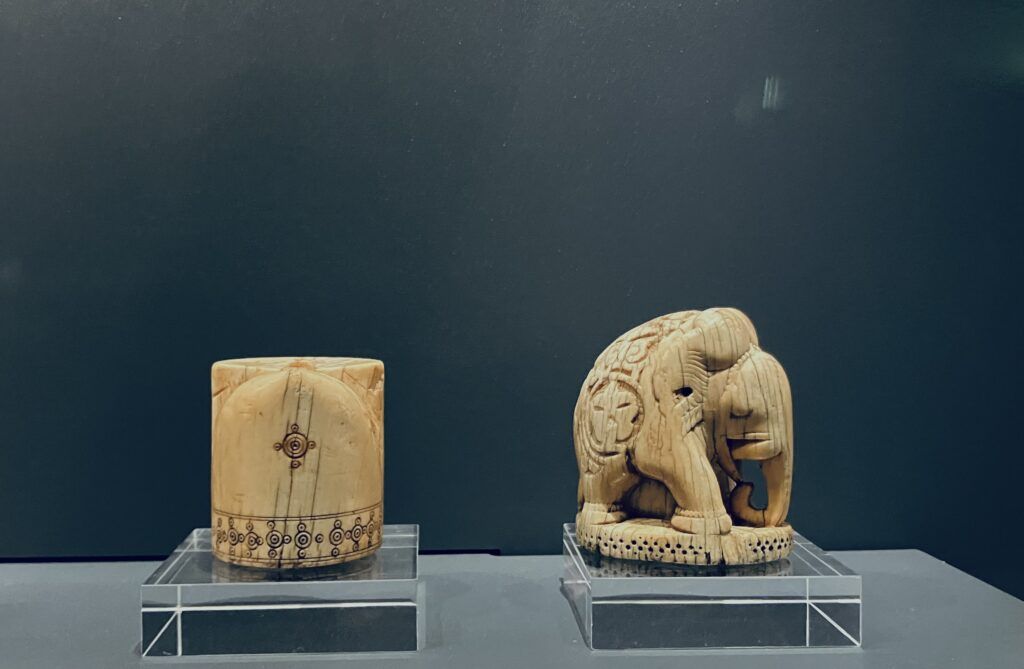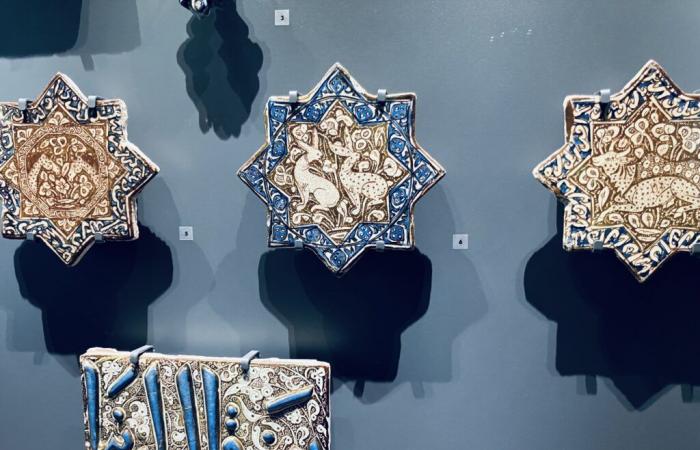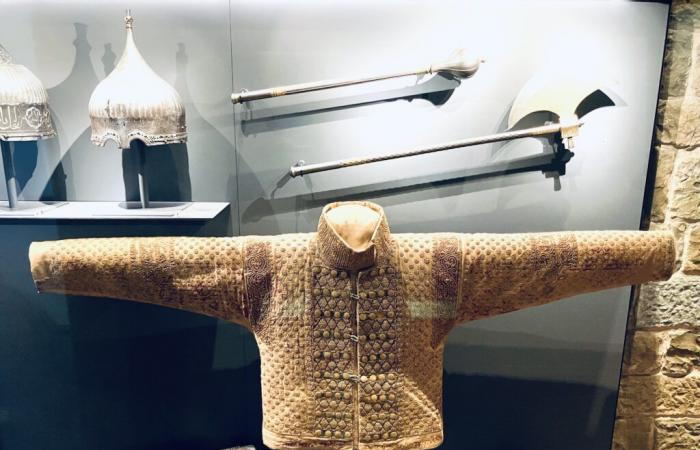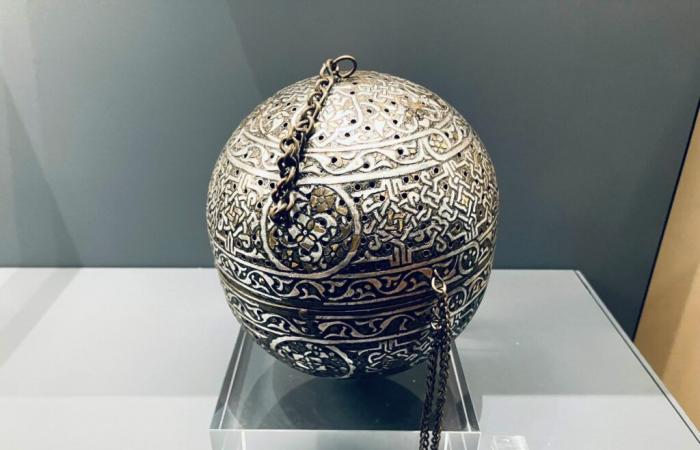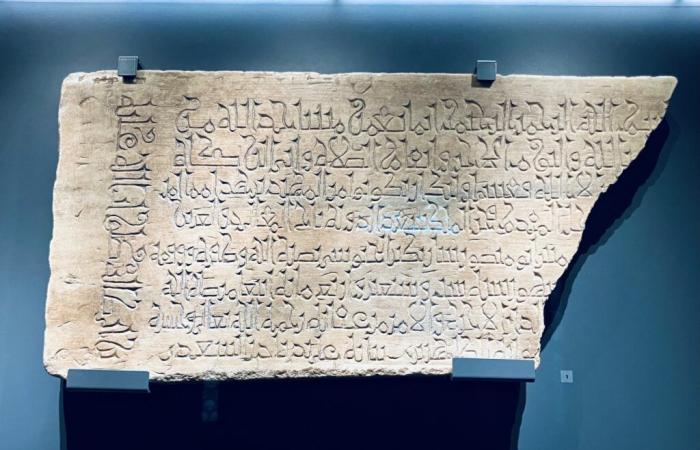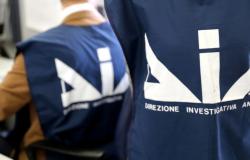picture of Silvia Meacci
Inside the oldest public building in Florence, a treasure chest of masterpieces by artists such as Donatello, Della Robbia, Michelangelo and Cellini, two important rooms have been rearranged. They contain respectively majolica and Islamic artefacts coming from the Medici era, from donations or recent acquisitions. Many skills and excellences went into the renovation. The works were supervised by Guicciardini & Magni architecture studio and financed thanks to Strategic Plan “Major Cultural Heritage Projects” of the Ministry of Culture. It all starts from a project of research, care, knowledge, because the protection of cultural heritage without study and valorisation, without restoration and above all without attention to accessibility, cannot exist. Since 1865, the year it opened, ithe Bargello, the first museum of united Italy, he placed much emphasis on decorative arts and medieval and Renaissance sculpture, consolidating a tradition of important donations that continues today.
The Majolica Room is itself a triumph of glittering works. Thanks to the new lighting system, those beyond are better enhanced 400 pieces on display, selected from the thousands owned by the museum. On the perimeter walls you can admire display cases with majolica, graffitied ceramics and tiles ranging from the 13th to the 20th century. It’s wonderful to imagine domestic and everyday scenes while admiring plates, mugs, coolers and mixing bowls. In the center of the room the surviving artefacts from the Medici collection triumph. They are placed on transparent panels, so that they can be admired from the front and back. Among all, one stands out medallion with the profile of Francesco I de’ Medici and a basin with a figure of San Giovanni in Medici porcelain, imitating Chinese porcelain.

The Islamic Hall is chiaroscuro, the light is low in order to preserve the objects on display, however enhanced by punctual spotlights. The five hundred supports for the works are fixed with powerful magnets, the display cases are high-tech, anti-reflective, with air filters, dust and humidity proof. The selection of metals, ivories, textiles and ceramics deriving from precious bequests is precious by the antiquarian Louis Carrand And of Baron Franchetti which enriched the original Medici nucleus.

Collecting objects of Islamic origin was in fact widespread among the Doctors as early as the 15th century. Among those on display, the following are of great interest ritual cupthat is, a “magic” cup with numbers, invocations and pieces of the Koran written on it, the brigantine given to Lorenzo de’ Medicii.e. a light bust armor which, given the wear, he probably wore and the plate which essentially reports the data of the construction of a mosque, preserved by the grand dukes, a sign of genuine appreciation of beautiful writing and Islamic art.

Curious 10th century Iraqi chess piece, shaped like a little elephant. It is fascinating to reflect on the etymology of the word “Bishop”, the light chess piece. It derives from “al-fil” which in Arabic and Persian means “the elephant”, given that in the Middle East this piece was represented by the pachyderm. Only after the arrival of Islam, the Arabs stylized the figure of the elephant, obtaining a rounded cylinder, with a central cut that depicted the legs. The bishop’s miter in turn derived from this bell shape. Ensign in English is called “bishop”: the “bishop”. Interesting!
